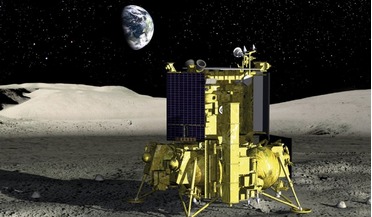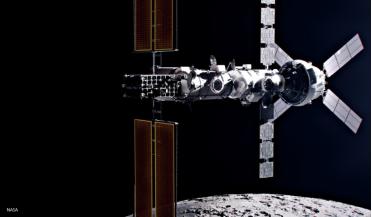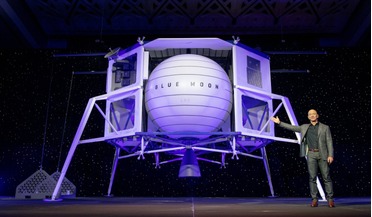 January 2019
Visiting an asteroid to find out how life began
January 2019
Visiting an asteroid to find out how life began
...a small carry-on impactor (SCI) to generate an artificial crater to expose subsurface material. In August, the international science team... will strike the asteroid to form an artificial crater, revealing fresh material that has not been weathered...
 November 2019
PROSPECTing for lunar polar volatiles
November 2019
PROSPECTing for lunar polar volatiles
... analyses of returned samples, the main source of information on lunar water (in the form of ice) in permanently shadowed polar craters was acquired by the neutron spectrometer aboard the Lunar Prospector spacecraft. The impact of the Lunar...
 January 2021
Evolution of volatiles on the Moon
January 2021
Evolution of volatiles on the Moon
... dissipation and today is at 60 Earth radii. Large planetesimal impacts on the Moon result in magma filling the resulting craters in addition to generating a lunar atmosphere from the resulting outgassing. These volcanic rock regions are the dark...
 October 2024
The Human Spaceship - Off Balance
October 2024
The Human Spaceship - Off Balance
... space Nyctophobia is an innate fear of the dark, possibly caused by Moon blackness (long nights, vast shadows, deep craters and black skies). This can cause breathlessness, sweating, nausea, shaking, heart palpitations and unclear communication...
 April 2025
Racing to the Moon
April 2025
Racing to the Moon
... example water ice that probably exists in permanently dark craters and other sites near the lunar poles. Water is... to fly from the landing site to a nearby, permanently dark, crater to explore for traces of water. In 2028, Chang’e-8 will experiment...
 10 May 2019
Bezos unveils Moon mission with Blue Moon lander
10 May 2019
Bezos unveils Moon mission with Blue Moon lander
... hydrogen – and the mission’s intended destination; Shackleton crater. This important impact crater lies at the Moon’s south pole and is of...due to its potential resources. Not only does the crater receive almost perpetual sunlight, making it a useful ...